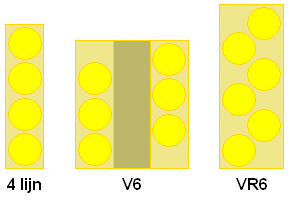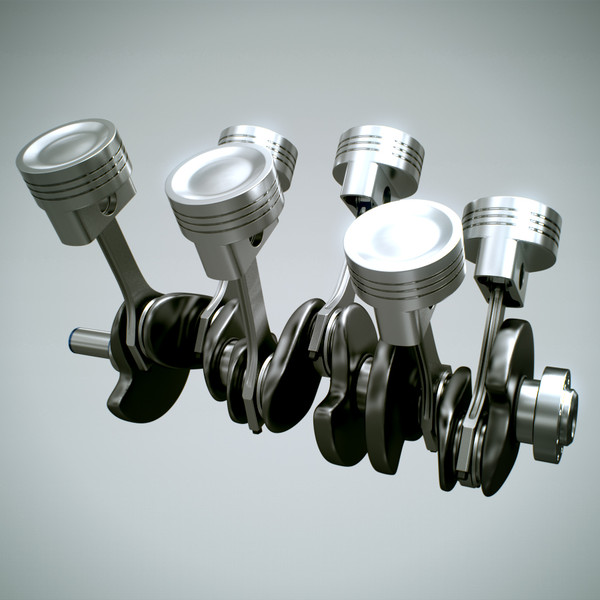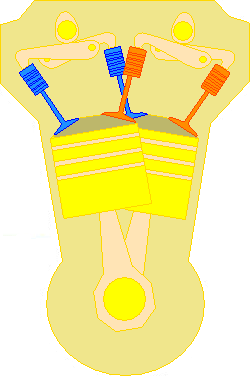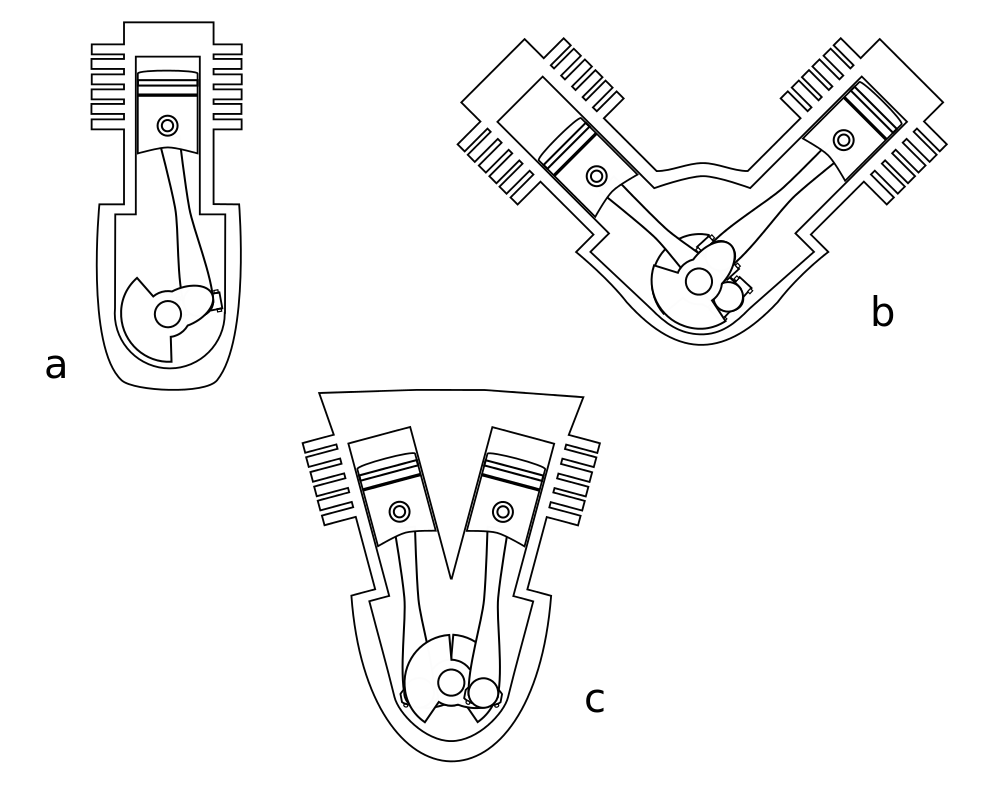
There are many misconceptions bandied about when one particular engine layout is spoken of, the VR6. It is often confused for a V6 layout, so we decided to clear up the confusion, as per your requests. Now I know there will be qualified engineers complaining that I missed out on this and that, so to clear the record, this is a simple explanation to differentiate the 2 engine layout in layman’s terms, as little technical jargon as possible. As such, I will not delve into inlet and outlet ports, block construction etc. So, let’s get to it:
V6 Engine:

The V6 engine is the most common variant of 6-cylinder engine around. This engine layout is built, as the name suggests, in a V-shape, with 2 banks of 3 cylinders each. It is the second most common engine layout, after the inline-4 engine. The 1st V6 engine was produced by Marmon Motor Car Company from 1902 onwards. The first series production V6 was introduced by Lancia in 1950 with the Lancia Aurelia.
V6 engines are generally mounted in longitudinal applications (the driveshaft runs in the direction of the length of the car from front-to-back) and is conducive to RWD (Rear Wheel Drive) setups. The V6 is generally regarded as highly unbalanced, due to the odd number of cylinders per bank and the offset position of the banks. V6 engines range is angle from 45-degrees through to the wide-angle 120-degree unit used in cars such as the Ferrari Dino 156. The V6 engine is more costly to manufacture as it requires 2 cylinder heads, as well as 2 camshafts for valve timing. There are 2 common firing orders for V6 engines, 1-6-5-4-3-2 and 1-4-5-6-3-2. Common uses of the modern V6 engine are the R35 Nissan GT-R as well as the B8 Audi S4.
VR6 Engine:

The VR6 engine, commonly referred to as the “staggered six” is a 6-cylinder engine configuration developed by VW in the LATE 1950’s. The name VR6 comes from the combination of German words “Verkürzt” and “Reihenmotor” meaning “shortened inline engine”. It was developed specifically for transverse (Where the engine runs side-to-side while looking at an open engine bay) engine installations and FWD (Front Wheel Drive) vehicles. The VR6 is a highly compact engine, thanks to the narrower angle of 10.5 to 15-degrees between cylinder banks, as opposed to the traditional V6 angles ranging from 45 to 90-degrees. The compact design is cheaper to manufacture, since only one cylinder head is required for all 6 cylinders, much like a traditional inline-6 engine.
The original VR6 engine had a capacity of 2.8-litres, whilst the latest iteration (commonly seen in the Volkswagen Golf V R32) was extended to a 3.2-litre displacement. The regular firing order for a VR6 engine is 1-5-3-6-2-4. A lesser known variant of the “VR6” style layout exists with one cylinder less, the VR5, which was only used in a one official locally sold car, the VW Passat B5.5. However, there were a few VW Golf IV VR5’s brought in by VWSA. The VR5 is commonly referred to as a “V5”.
Engine Sharing:
As the VR6 engine was produced by VW, who now own Audi and are known to share tech across platforms, there was some sharing of this engine. Other makes and models that used the VR6 engine are:
- Audi A3 Mk2
- Audi TT
- Audi Q7
- Porsche Cayenne
- Seat Leon
Contrary to popular belief, the B6 and B7 Audi A4 3.2 did not use a VR6 engine, but instead employed a V6 engine of the same capacity as the 3.2-litre VR6 used in the Golf V R32 around the same time period.
Pros and Cons of the VR6:
The VR6 engine is praised by many an enthusiast. However, when looked at objectively, in FWD setups the VR6 creates a nose-heavy setup that negatively affects handling. In addition to this, the VR6 unit is generally quite heavy, making for a poor power to weight ratio. As a result, 4 cylinder engines (turbocharged in the modern era) are favoured as they maintain a lightweight/high-output combination favouring uses such as the Golf VI R, the successor to the Golf V R32. In short, the VR6 sounds fantastic whilst not going anywhere very quickly.

~~~
Author: Roger Biermann






